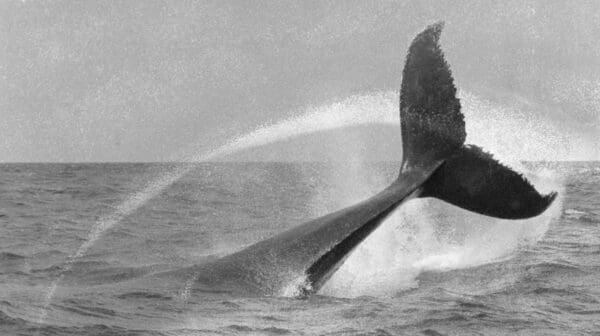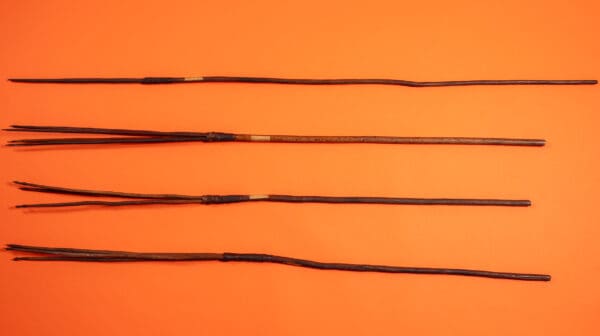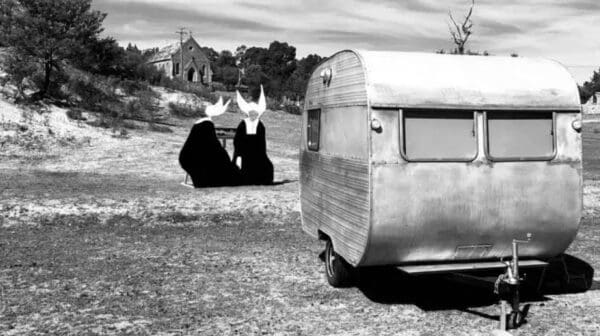The Museum of Old and New Art (Mona) has been exhibiting its art collection throughout its multi-story gallery space since it opened in early 2011. Changes to the art on the walls was sporadic until 2020, when the most significant overhaul occurred following a pandemic- enforced closure. Now three years on, curator Jane Clark says the Mona collection (aptly named Monanism) has expanded so much, art is emerging from the ground.
“Monanism is a bit like a triffid breaking through the ground. When we first opened, David [Walsh] wanted no columns, nothing monumental—it was all going to be underground, and you wouldn’t know anything about the art until you got there. But then we put a James Turrell Skyspace on the roof, and after that Alfredo Jaar’s The Divine Comedy cracked open the ceiling.”
Although loosely based on the themes of sex and death, Monanism follows an unpredictable path. “Nothing’s hung chronologically but sometimes artworks do speak to each other in interesting ways,” says Clark. To illustrate this, she singles out Darwin Girls, 2006, a graphite drawing by late Melbourne artist Cassandra Laing.
“There’s no way we can show everything in the Mona collection at once, so Monanism keeps evolving as we bring things out of storage. There’s always something and if it’s gone, there’ll be something there in its place.”
An intimate and detailed work, Laing depicts a dead finch placed over a holiday snapshot of Laing and her sister, Mandy, as children. Referencing Darwin’s finches from the Galapagos Islands, Laing’s drawing also alludes to the breast cancer gene that runs through her family. Exhibited in the same room is a note handwritten by Charles Darwin detailing a list of garden plants. “There’s no way we can show everything in the Mona collection at once, so Monanism keeps evolving as we bring things out of storage. There’s always something and if it’s gone, there’ll be something there in its place.”
Embodying this idea of change is Michel Blazy’s Nature Molle – Soft Life, 2005, a work that starts as fresh fruit on a table—like an old master still life painting—left to decompose and grow a thick covering of mould. Prior to its current showing, Soft Life was last displayed in 2017. Much like the Mona collection, “It’s growing as we speak.”
Monanism
Museum of Old and New Art
On now—ongoing through 2024
This article was originally published in the January/February 2024 print edition of Art Guide Australia.










